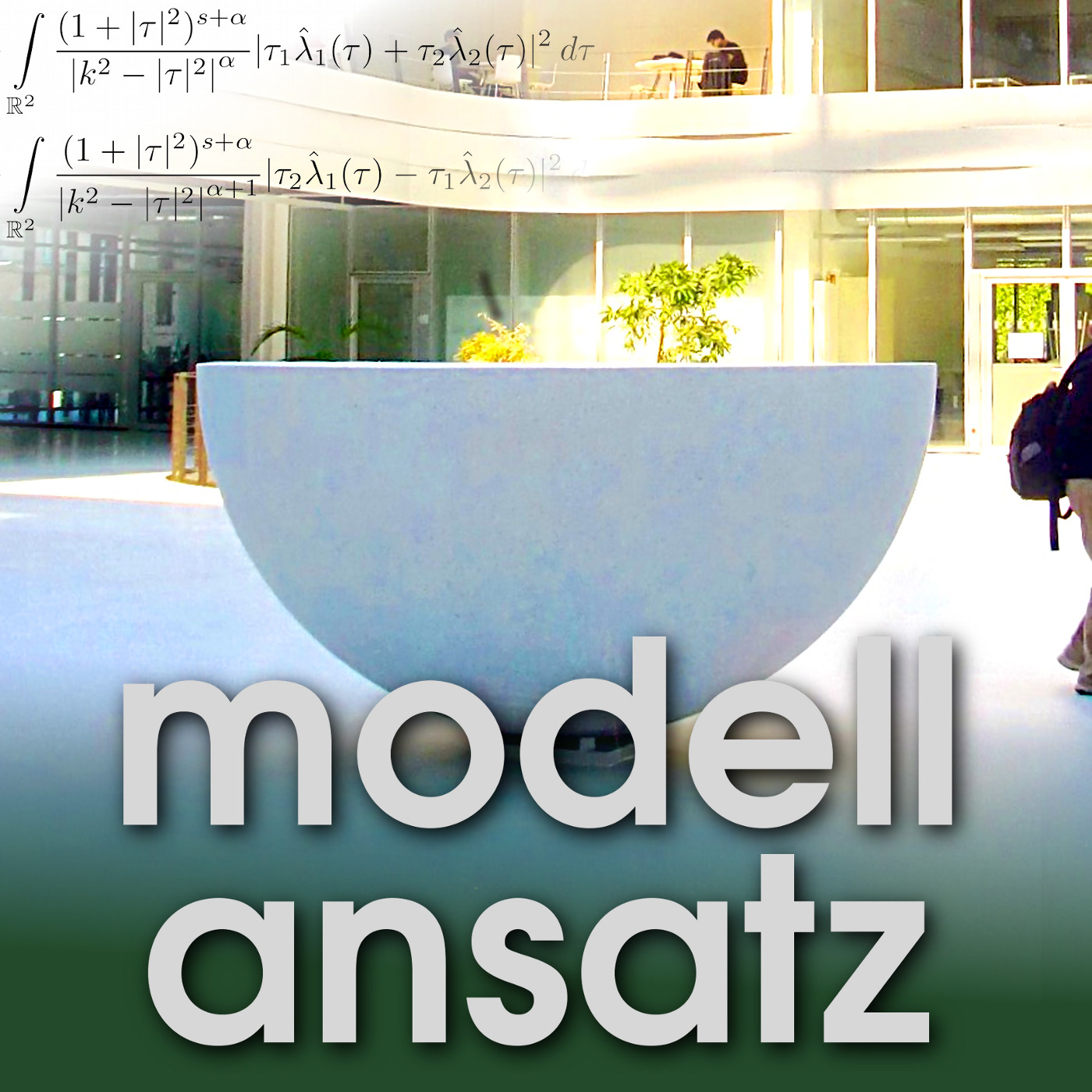Pattern Formation
Description
This is the second of three conversation recorded Conference on mathematics of wave phenomena 23-27 July 2018 in Karlsruhe. Gudrun is in conversation with Mariana Haragus about Benard-Rayleigh problems. On the one hand this is a much studied model problem in Partial Differential Equations. There it has connections to different fields of research due to the different ways to derive and read the stability properties and to work with nonlinearity. On the other hand it is a model for various applications where we observe an interplay between boyancy and gravity and for pattern formation in general. An everyday application is the following: If one puts a pan with a layer of oil on the hot oven (in order to heat it up) one observes different flow patterns over time. In the beginning it is easy to see that the oil is at rest and not moving at all. But if one waits long enough the still layer breaks up into small cells which makes it more difficult to see the bottom clearly. This is due to the fact that the oil starts to move in circular patterns in these cells. For the problem this means that the system has more than one solutions and depending on physical parameters one solution is stable (and observed in real life) while the others are unstable. In our example the temperature difference between bottom and top of the oil gets bigger as the pan is heating up. For a while the viscosity and the weight of the oil keep it still. But if the temperature difference is too big it is easier to redistribute the different temperature levels with the help of convection of the oil. The question for engineers as well as mathematicians is to find the point where these convection cells evolve in theory in order to keep processes on either side of this switch. In theory (not for real oil because it would start to burn) for even bigger temperature differences the original cells would break up into even smaller cells to make the exchange of energy faster. In 1903 Benard did experiments similar to the one described in the conversation which fascinated a lot of his colleagues at the time. The equations where derived a bit later and already in 1916 Lord Rayleigh found the 'switch', which nowadays is called the critical Rayleigh number. Its size depends on the thickness of the configuration, the viscositiy of the fluid, the gravity force and the temperature difference. Only in the 1980th it became clear that Benards' experiments and Rayleigh's analysis did not really cover the same problem since in the experiment the upper boundary is a free boundary to the surrounding air while Rayleigh considered fixed boundaries. And this changes the size of the critical Rayleigh number. For each person doing experiments it is also an observation that the shape of the container with small perturbations in the ideal shape changes the convection patterns. Maria does study the dynamics of nonlinear waves and patterns. This means she is interested in understanding processes which (...)
More Episodes
Gudrun sprach im Januar 2024 mit zwei Studenten ihrer Vorlesung Mathematical Modelling and Simulation: Lukas Ullmer und Moritz Vogel. Sie hatten in ihrem Projekt Wahlmodelle ananlysiert. In dem Gespräch geht es darum, wie man hierfür mathematische Modelle findet, ob man Wahlsysteme fair gestalten...
Published 02/10/24
Published 02/10/24
In dieser Folge geht es darum, wie Sebastian und Gudrun Mathematik an Hochschulen unterrichten und welche Rollen das Medium Podcast und konkret unser Podcast Modellansatz dabei spielen. Die Fragen stellte unsere Hörerin Franziska Blendin, die in der Folge 233 im Jahr 2020 über Ihr Fernstudium...
Published 10/03/23


